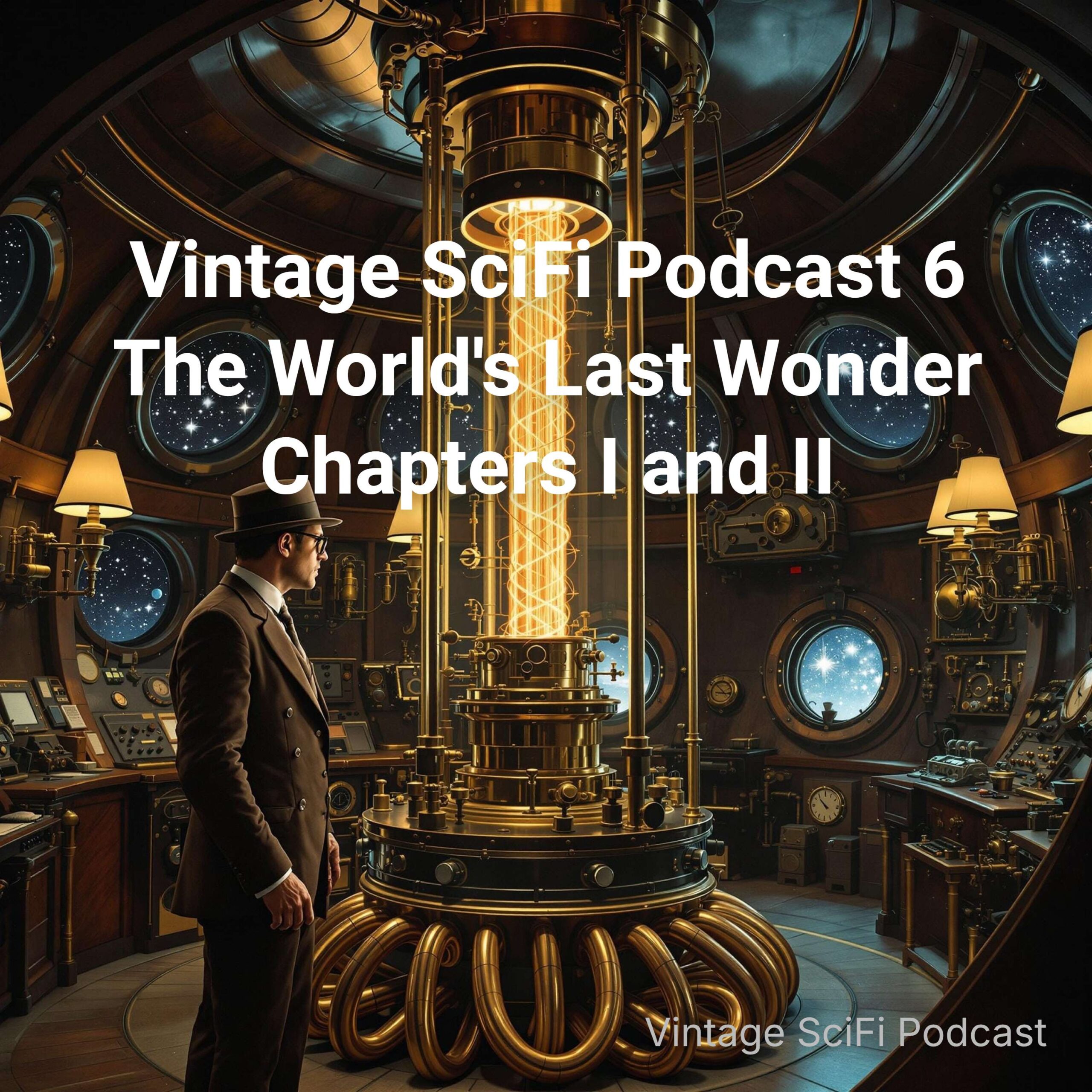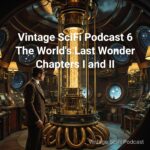Vintage SciFi Podcast 6: The World’s Last Wonder I & II


The World’s Last Wonder is Australia’s first space opera and was serialised in the Tocsin newspaper in early to mid 1901. It tells the tale of an invention enabling two residents from Melbourne to travel to Mars, with detailed scientific explanations and an accurate understanding of space physics. As a bonus, it includes an altercation about land rights with the spider-elders of the humanoid-insect tribes of Mars. All of this from over 120 years ago! Chapters I and II introduce the protagonists and antagonists and describes the radiomotor invention that will take them there.
Here’s a bit of background: With the advent of electricity and the plethora of inventions in the late 19th century, what we consider to be real science fiction today first began to appear in Australian newspapers more so than as published novels at the time. Australia’s Science Fiction Golden Age, defined as being between 1901 and 1930 – a time when many foundational science fiction texts appeared in Australian newspapers – is when not only Australian ‘scientific fiction’ was popular with people across the country, but also a time when many recognisable subgenres of science fiction began appearing.
While many of these stories revolved around an advanced chemical, biological or mechanical invention that was going to change the world, written in a plausible way with a modicum of accurate science, the story was usually contemporary, set in the near future, more often than not including a romance. From the 1830s onwards, in newspaper articles, these kinds of stories were most commonly referred to as ‘scientific romances’, then from the 1870s ‘scientific fiction’ as well as ‘science in fiction’ from the 1890s. While the term ‘science fiction’ was originally used in 1851 in a book by William Wilson to describe a story featuring botanical science, the term didn’t start appearing in newspapers until the 1930s.
For the early part of the 20th century, ‘scientific fiction’ is an ideal description for these stories, and suggests a bit of flexibility with the number of inventions, the descriptions of science, and how the devices affect the narrative. After all, used as an adjective rather than part of a compound noun, ‘scientific’ allows both the hard and soft streams of science fiction.
Speaking of which, on the science fiction side there is a fascinating explanation on how the radiomotor invention works using molecular vibration, as well as information on the behaviour of gas particles. The prediction that the car will get to Mars within 6 months is a good calcuation for 1901. There are other science-focused points throughout the story making this a worthy addition to the Australian space opera canon.
I hope you enjoy chapters I & II of The World’s Last Wonder.
The World’s Last Wonder chapters III & IV are coming soon in Vintage SciFi Podcast Issue 7.
If you’d like to check out other episodes of The Vintage SciFi Podcast, click here:
Interested in research on Vintage SciFi from newspapers in Australia? Check out my blog here:
Retrieving ‘Science in Fiction’ from early 20th Century Australian newspapers
